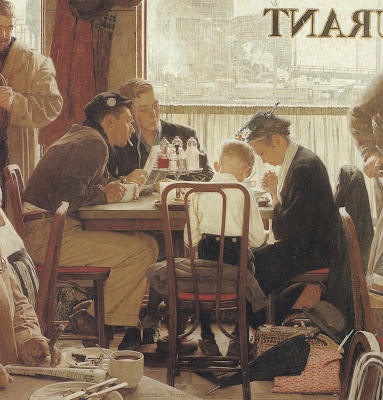. If you're in the LA area and would like to join me for a class or workshop, we have three events coming up. My next 10 week course is head drawing, starting on Monday, October 22, 7-10 pm. I'm doing an all day color workshop with lectures, slide shows and painting from a costumed model on Saturday, Oct 27, 10am-6pm. And Soonest, I'm giving a talk we're calling "From Student to Professional and Beyond" on Monday, Oct 15, 7-9:30 pm. It's for any student or professional artist seeking improvement and will cover the skills, tools, workspace, attitudes and habits of of the successful working artist. I've been working hard on this presentation so I'm gunna go out on a limb and guarantee there'll be at least one thing in it that will make it worth your time and effort. Contact the Los Angeles Academy of Figurative Art at (877) MY-LAAFA, www.laafa.org. Hope to see you soon.







